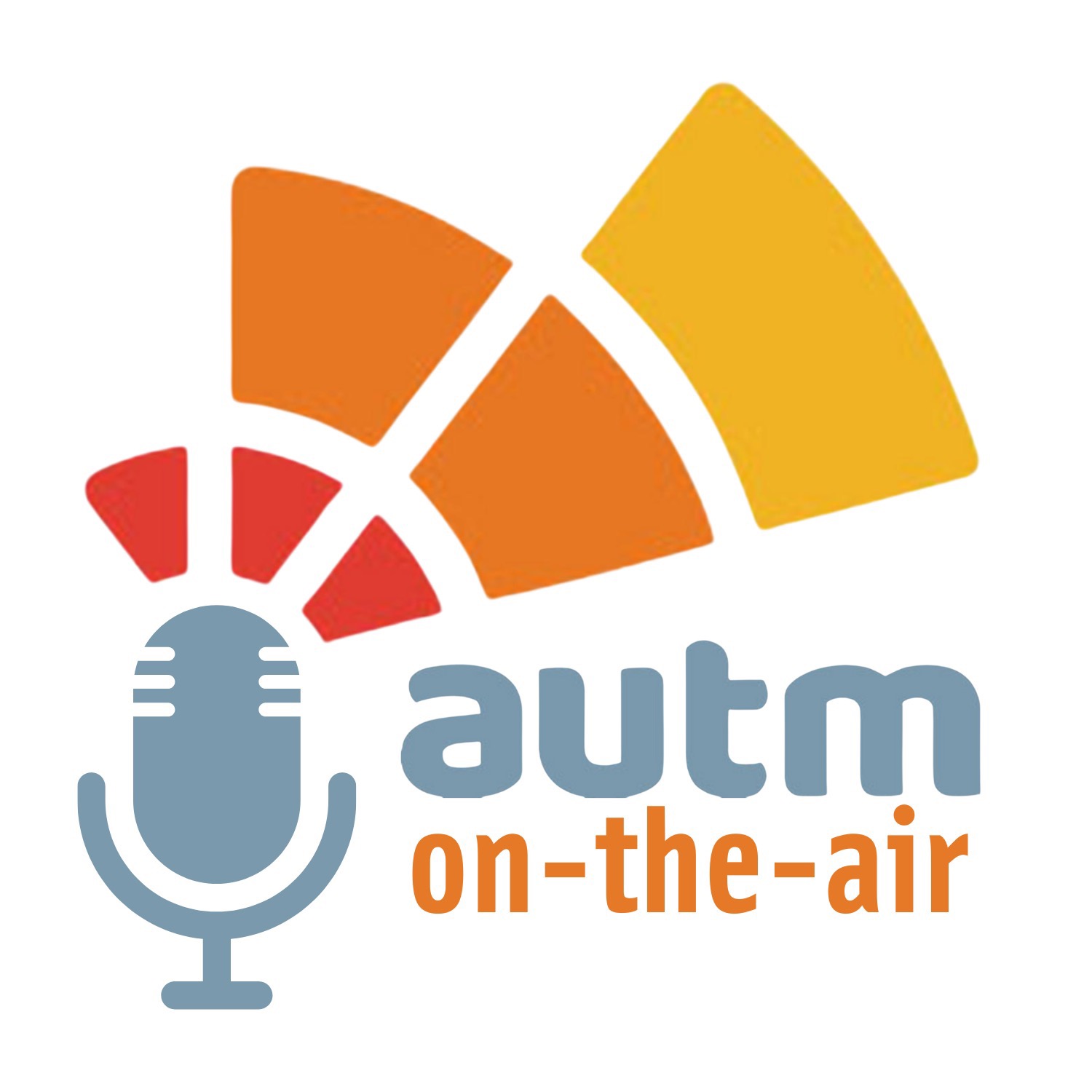- After-Shows
- Alternative
- Animals
- Animation
- Arts
- Astronomy
- Automotive
- Aviation
- Baseball
- Basketball
- Beauty
- Books
- Buddhism
- Business
- Careers
- Chemistry
- Christianity
- Climate
- Comedy
- Commentary
- Courses
- Crafts
- Cricket
- Cryptocurrency
- Culture
- Daily
- Design
- Documentary
- Drama
- Earth
- Education
- Entertainment
- Entrepreneurship
- Family
- Fantasy
- Fashion
- Fiction
- Film
- Fitness
- Food
- Football
- Games
- Garden
- Golf
- Government
- Health
- Hinduism
- History
- Hobbies
- Hockey
- Home
- How-To
- Improv
- Interviews
- Investing
- Islam
- Journals
- Judaism
- Kids
- Language
- Learning
- Leisure
- Life
- Management
- Manga
- Marketing
- Mathematics
- Medicine
- Mental
- Music
- Natural
- Nature
- News
- Non-Profit
- Nutrition
- Parenting
- Performing
- Personal
- Pets
- Philosophy
- Physics
- Places
- Politics
- Relationships
- Religion
- Reviews
- Role-Playing
- Rugby
- Running
- Science
- Self-Improvement
- Sexuality
- Soccer
- Social
- Society
- Spirituality
- Sports
- Stand-Up
- Stories
- Swimming
- TV
- Tabletop
- Technology
- Tennis
- Travel
- True Crime
- Episode-Games
- Visual
- Volleyball
- Weather
- Wilderness
- Wrestling
- Other
Behind the Numbers- Insights from U.S. Patenting on Diagnosing COVID-19
We have some interesting insights to share from "Diagnosing COVID-19: A Perspective from U.S. Patenting Activity," a report by the US Patent and Trademark Office's Chief Economist, Andrew Toole, and Senior Research Economist, Nicholas A. Pairolero.Dr. Andrew Toole is the Chief Economist at the U.S. Patent and Trademark Office (USPTO) and also serves as a Research Associate at the Centre for European Economic Research (ZEW). He has experience spanning the private sector, academia, and government.Nicholas A. Pairolero is a Senior Research Economist at the United States Patent and Trademark Office (USPTO). His work focuses on evidence-based policy and decision-making, with a particular interest in the economics of innovation.This episode uncovers how universities and small companies have emerged as leaders in patenting COVID-19 diagnostics innovations. It highlights the critical role of government funding in driving innovation, alongside intriguing statistics about women patent applicants. We talk about the future of innovation and more in this in-depth exploration of the landscape of COVID-19 diagnostics patents.
In This Episode:[01:33] The World Trade Organization adopted a waiver of COVID-19 related vaccine patents in June of 2022. The waiver was expanded to therapeutics and diagnostics which opened up an information vacuum.[03:07] With the report Andy and Nick discovered that universities and small companies emerged as leaders in patenting COVID-19 diagnostics.[03:47] They started on the report around April of 2023. They had Nick and patent examiners and really knowledgeable people on board. There were economists on the data side. Nick was able to organize the group within the PTO and collaborate with the International Trade Commission.[04:51] Nick shares examples of small companies and universities that were top patent applicants for COVID-19 diagnostics. [05:50] He also shares some of the companies that had emergency use authorization for diagnostics and the path to commercialization. [07:27] Nick talks about the contributions of smaller organizations and the adaptability and diversity of the COVID-19 diagnostic innovation landscape.[08:59] In the initial part of the pandemic, companies were responsive right away in April, May, and June of 2020. The response was extremely fast. [10:16] The university system was well poised to respond to the pandemic. There were also a number of different government programs and support for research. Academic institutions have the ability to be very flexible.[11:52] Support from the NIH played a crucial role. Under the Bayh-Dole Act universities are allowed to get exclusive rights to inventions that are partially funded by the government.[13:45] About 11% of all of the patenting found related to COVID-19 diagnostics was supported in part by government funding.[15:09] Nick is doing work with AI to identify patents and group them and create studies such as patent landscapes.[16:03] Nick talks about taking a broader approach and a more specific approach when studying patent applications.[19:34] Discovering that universities and small firms were such a big part of the equation was an "aha" moment.[21:08] 71% of the public filings that they found were small companies and universities. [22:41] It's very difficult to link the packaged test back to the original patents.[23:31] Government support is one of the most important sources fueling innovation in the healthcare industry. The NIH is the largest . funding agency for healthcare research in the world.[25:18] Obs

